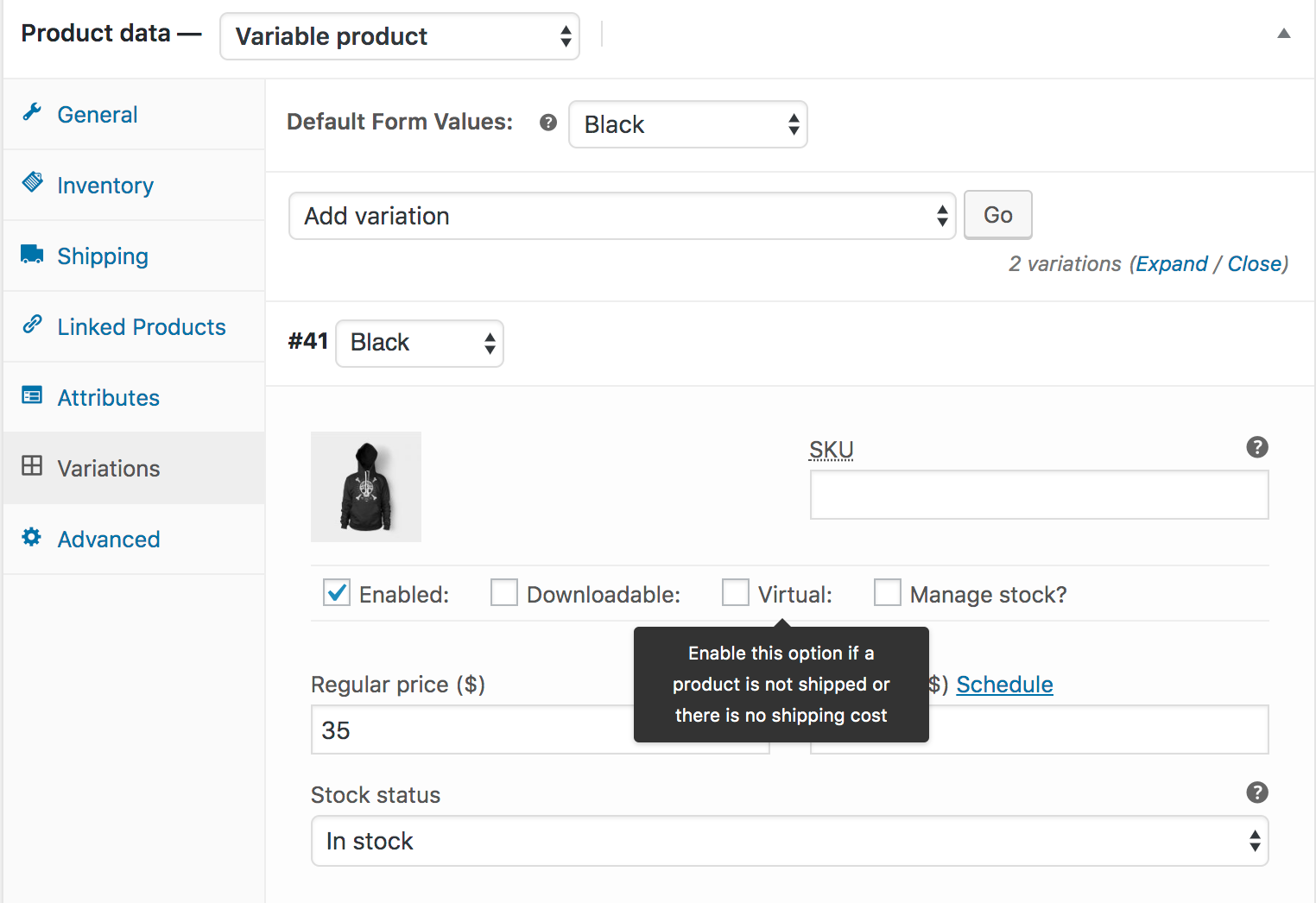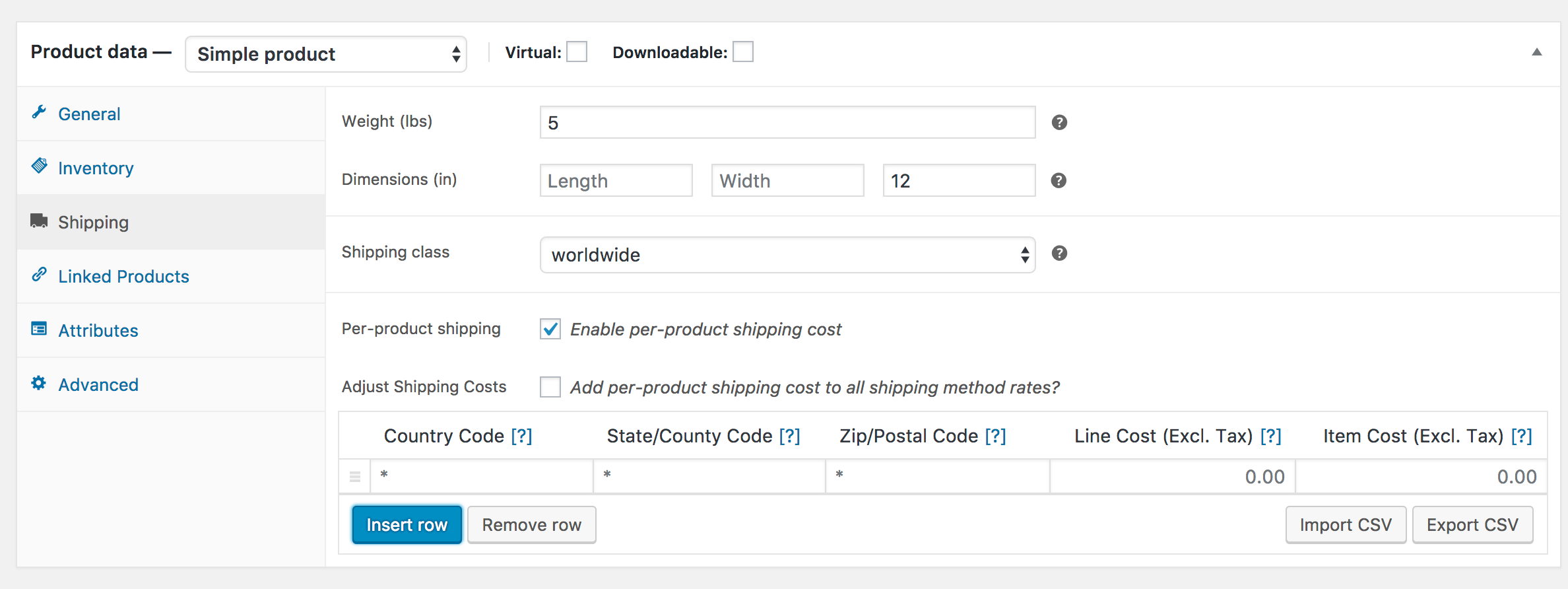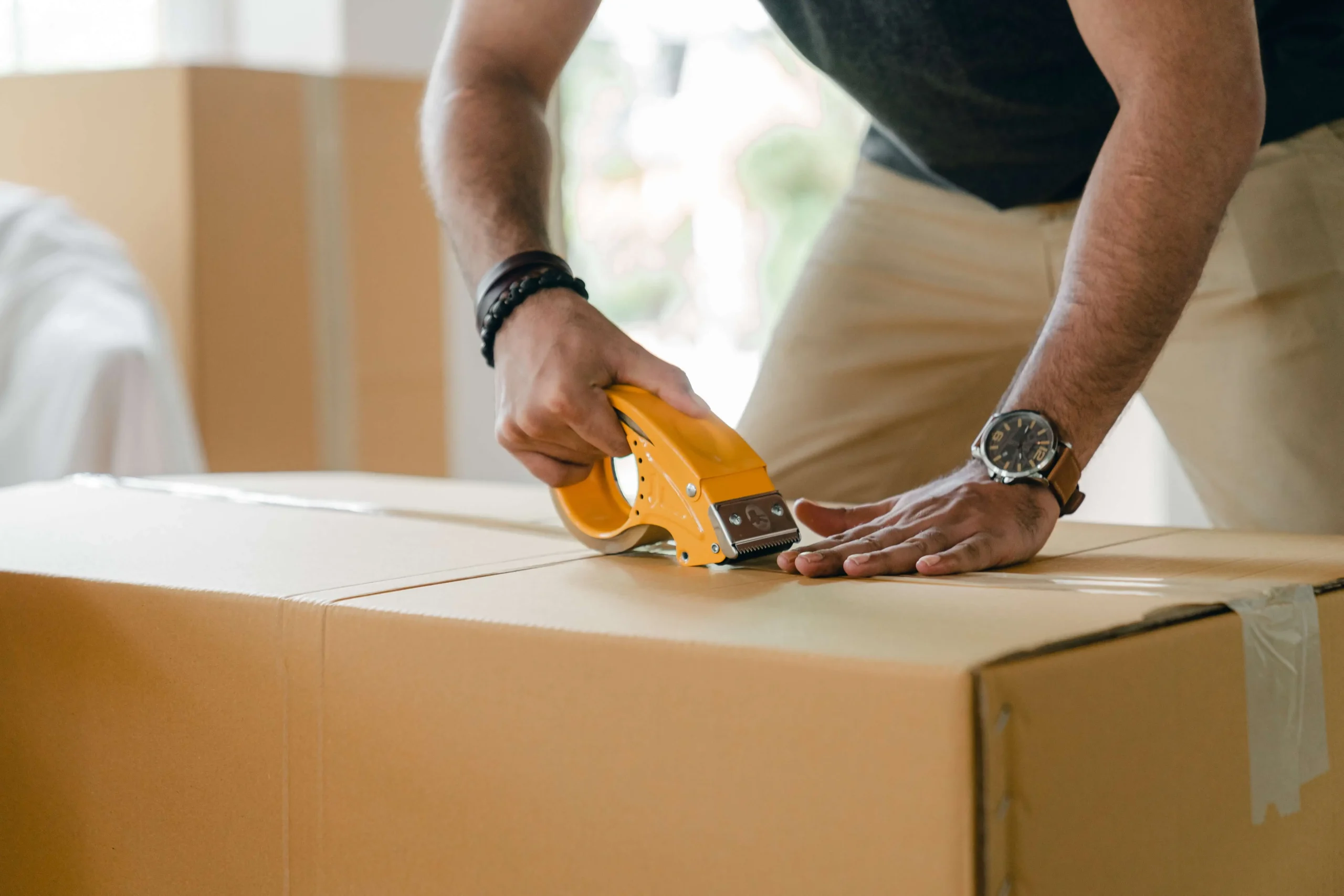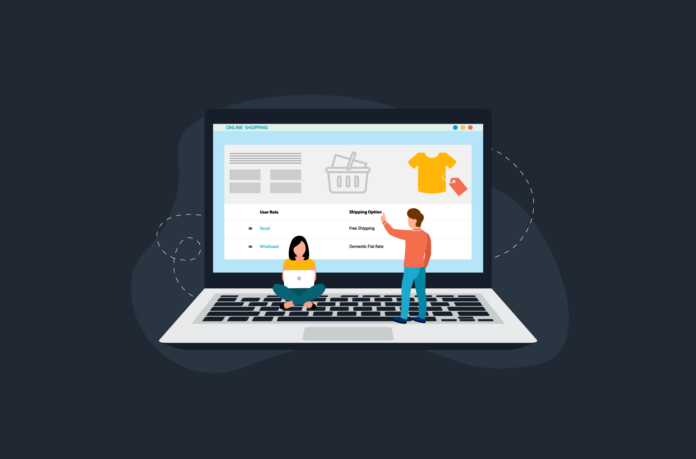WooCommerce is a WordPress e-commerce plugin that enables you to sell both physical and digital items. It is the finest WordPress plugin for starting an online business. Anyone can develop and retain a store that will be successful with the help of plenty of flexible options.
WooCommerce provides a wide range of shipping choices as well as the chance to collaborate with fulfillment proponents who can support your company’s expansion. The fastest approach to begin producing local and international shipping labels is through WooCommerce shipping.
In order to give the consumers a wide range of choices and highly precise shipping prices, WooCommerce includes a number of built-in shipping procedures and expandable capabilities. It is also possible to turn shipping into a discounting technique, such as keeping zero fees for shipping for orders that reach a minimum limit. Check out this guide to know more about WooCommerce shipping and how to add items to the WooCommerce store.
How To Add A User’s Product To A WooCommerce Store

With the WooCommerce plugin, it is possible to transform a WordPress site into an e-commerce shop. Here are the detailed steps on how to add an item to the WooCommerce store.
Step 1: Include the title and description of the item
Put the item’s name in the title field and then finish the product’s description. You can create short and crisp descriptions or lengthy descriptions to demonstrate the benefits of that product. In order to make this field easier to read, consider using bullet points. Ensure that you optimize the title and description for keywords while composing them. Apply the long description on the product page if you wish to utilize semantic keywords.
Step 2: Select the type of item
WooCommerce enables you to utilize various product kinds based on the goods you are selling. There are four primary item types, which are:
- Simple product
It is the standard, and it is typical for WooCommerce shop owners to sell this kind of merchandise.
- Grouped product
A grouped product is typically used to integrate the above-type goods, like a combo of 2 dresses.
- External or Affiliate product
The “Add to Cart” button can be linked to an outer page if you run a drop-shipping company or an affiliate store.
- Variable product
This type of item offers numerous varieties, such as colors, sizes, and so on. Consider a dress where customers can select from colors like “black,” “white,” “red,” etc.
Step 3: Complete the meta data box for the product

You must complete the remaining fields in the “Product info” box after choosing the item type. In order to move between the various sections, utilize the tabs that can be seen on the left. There are different tabs, including the general tab, shipping tab, inventory tab, linked products tab, attributes tab, and advanced tab.
Step 4: Create an attractive and crisp description
In this step, you have to move the cursor down a bit to the Product short description box. The brief description typically occupies a prominent position on the individual item page. Based on your WooCommerce template, the lengthy explanation of the item that you created above will be shown below.
The brief description should contain no more than two to three sentences. The SEO of your WooCommerce store depends on the brief description because it is frequently indexed by search engines. You can create a fantastic short explanation with some copywriting and research on the best keywords.
Step 5: Add Product tags, images, and gallery
It is possible to categorize products with the aid of categories and tags. On the front end of the store, the customers can utilize these categories and tags to find items. Make sure they make sense to your target audience and are helpful. Include the item’s primary picture. On the individual item page and the catalog page, this will be the biggest picture. Additional photographs that show up in the gallery on the item page can be added.
Step 6: Press the “Publish” key
Make sure to press the Publish key to make the product live after making sure all of the item data are accurate. After an item is added, it is possible to utilize the same template for adding other ones. The copy to the new draft link, which is located underneath the publish button, should be used. You are close to optimizing the store after adding all of the WooCommerce user products. For the newly launched stores, it is best to have a look at some of the top WooCommerce plugins.
What Are Shipping Rate Strategies And Methods In WooCommerce

WooCommerce has a wide range of options for setting up an online shop. The built-in capabilities are sometimes seen as being quite basic in comparison to the ones you can add through plugins. A shipping calculator is facilitated on the cart page as a standard when using the principal shipping price and technique from WooCommerce. Following that, you choose a delivery area and associate a shipping method with it.
It is better to upgrade to Booster Plus if you want to get high-end control over the business and enhance sales. With 200 options, the Booster Plus offers easy, comprehensive customization for your store. The following shipping rate choices can be found in a brand-new WooCommerce installation:
- Flat rate
Customers and your business will benefit from a straightforward, consistent price if you apply it to all deliveries from the shop. Nevertheless, this can result in the business or the consumer spending an excessive amount on shipping.
- Free shipping
As stated, the free delivery option entails the buyer paying nothing to get the merchandise. In WooCommerce, it is frequently started by vouchers or when a buyer makes a certain amount of purchase.
- Local pick-up
There is no requirement for a shipment service because the consumer simply arrives to get the item. Local pick-ups are typically free for the buyer, but your business needs a real place where you can keep the products and deliver them.
Bottom Line
WooCommerce makes it simple for online merchants to compute shipping costs depending on zones and weights from the online store’s backend. It provides a wide range of capabilities for item grouping, automatically applying various shipping methods to various categories, and so on.







